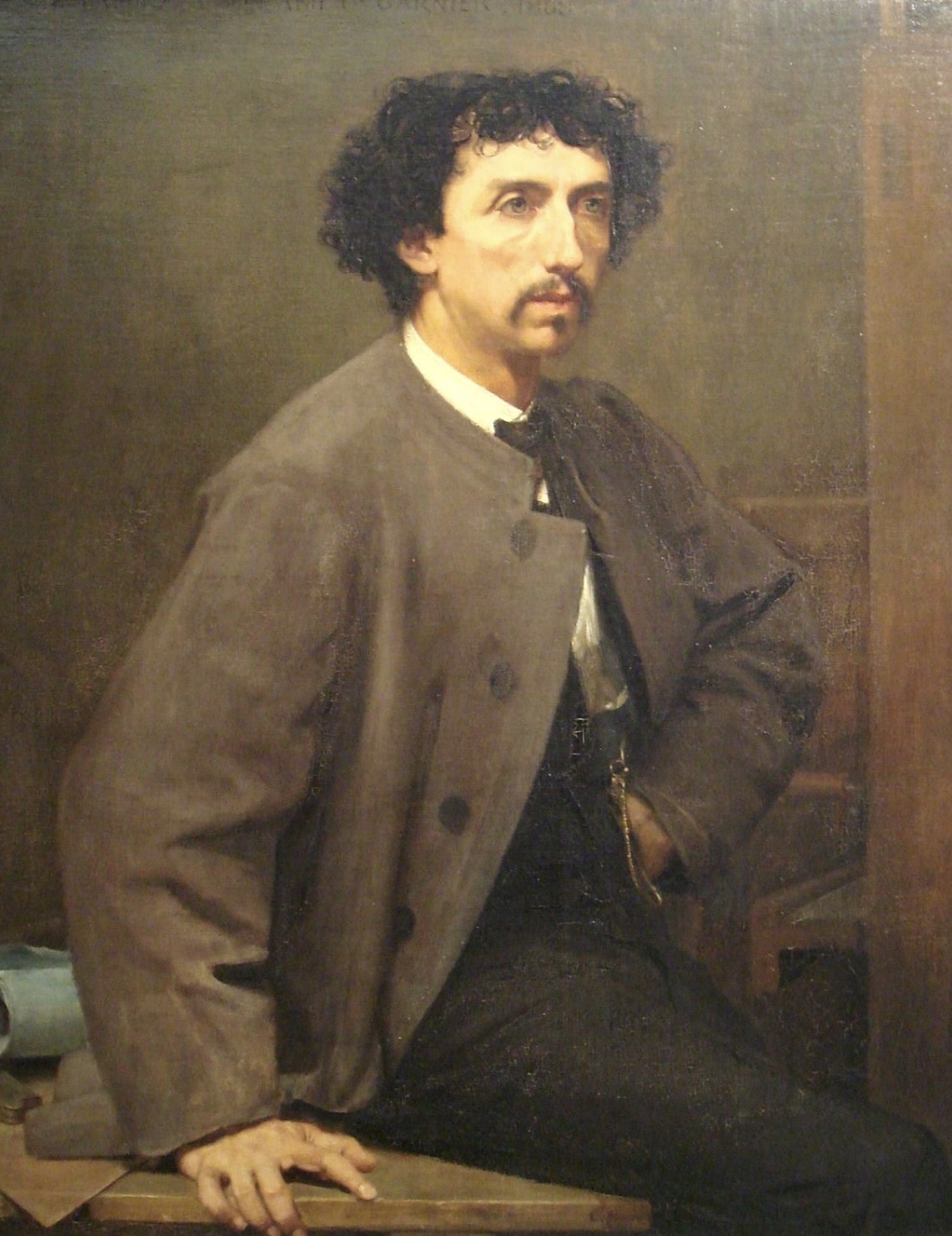
Photo credits: The Casino de Monte-Carlo. Monte-Carlo Société des Bains de Mer.
Monegasque Letters is a column in Monaco Voice that dives into the Principality’s rich historical legacy, where centuries of governance, diplomacy, and cultural evolution shed light on themes of love, beauty, and human creation. Each dispatch offers a clear look at Monaco’s past, grounded in verified facts, to uncover enduring principles, chronicling the narrative of Monaco’s histoire and patrimoine for a global audience.
Monte-Carlo’s Casino Square, overlooking the Mediterranean, marks a pivotal shift in Monaco’s economic history. The Casino de Monte-Carlo, completed in 1863 by architect Charles Garnier, known for the Paris Opéra, was Princess Caroline’s response to the Principality’s financial crisis after losing Menton and Roquebrune to France in 1848. The Société des Bains de Mer, founded in 1863, oversaw the casino’s construction, which by the 1870s generated over 50% of Monaco’s revenue, per state archives. The Salle Garnier, an opera house within the complex, hosted performances that strengthened Monaco’s cultural profile. Coco Chanel, a Riviera visitor, stated, “Elegance is not the prerogative of those who have just escaped from adolescence, but of those who have taken possession of their future.” The casino’s establishment reflects calculated ambition.

Photo credits: Wkipedia. Charles Garnier, by Paul Baudry in 1868.
Monaco, spanning 2.02 km², has navigated challenges since François Grimaldi’s 1297 seizure of the fortress on Le Rocher, launching the Grimaldi dynasty’s seven-century rule. The 1863 casino project secured financial independence, transforming Monaco into a global hub.
In the enduring foundation of Monte-Carlo’s history,
Monegasque Letters

